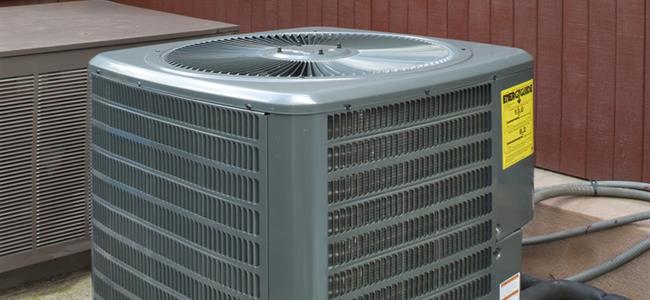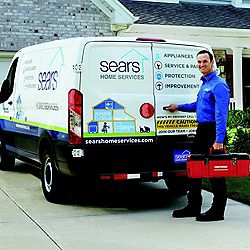Purchasing a correctly sized central air conditioning system (A/C) for your home presents a challenge. You must consider the size of the home and the area to be cooled. Measure the floors, ceilings, and walls of each room of your home. Remember to measure the windows and check the attic for insulation. Check the insulation in the crawl space and the walls. Other factors to consider include the temperature inside and outside of the home, roof color, and the number of people occupying the home. Is your home shaded by trees? Shading keeps the house cool. Be sure to check the air ducts for breaks and leaks. Make sure the air flows freely and unencumbered by broken ducts or ones that are too small. Fix misaligned ducts and reseal them using a quality sealant. Replace ducts that are damaged beyond repair. Ensure that the air filter is properly working.
Hire a qualified HVAC installation company that provides the service of selecting the right-sized system, inspects your home, measures it, and installs the new system. The company should provide maintenance and repair services. You will want to select a company that is certified with installation, repair, and the maintenance of new HVAC systems. Select a company that offers emergency service during weekdays and weekends. The company should be knowledgeable about up-to-date equipment and technology used to measure your home, provide statistics, printouts, and a fair estimate. They should stick with the estimate given as well as provide a guarantee and warranty. New A/C systems are required by federal law to meet the SEER level standard of 13 and up to 25. The SEER (Seasonal Energy Efficiency Ratio) level is designated by the Air Conditioning, Heating, and Refrigeration Institute. The EER (Energy Efficiency Ratio) of a cooling device is the output ratio of cooling energy or BTU (British Thermal Unit) per hour to the input electrical energy (in watts) measured at a given operating point. The EER is generally measured using an outside temperature of 95 °F with an inside (return air) temperature of 80 °F and a 50% relative humidity level.
Keep your cool, when you learn the cost of installing a new HVAC system. An HVAC system can run as high as $5,500 to $12,000. For a completely installed HVAC system, depending upon the size and type of the system installed, the price will vary. Spend time checking on various HVAC installation companies, certifications, ratings, references, and prices. Though BTU is still largely used today, another measure used is joules with 1055 joules equal to one BTU / Btu unit. The kWh is a unit of energy that is typically used by utility companies as a billing unit. One (1) BTU is equal to 0.000293 kWh (Kilowatt hour) or 3.6 megajoules. Instead of fixing various parts of an old HVAC system, it is highly recommended that a new system be installed. Because old systems can malfunction and are inefficient, a new Energy Star rated system is cost-effective, operates efficiently, and it comes with a warranty.


